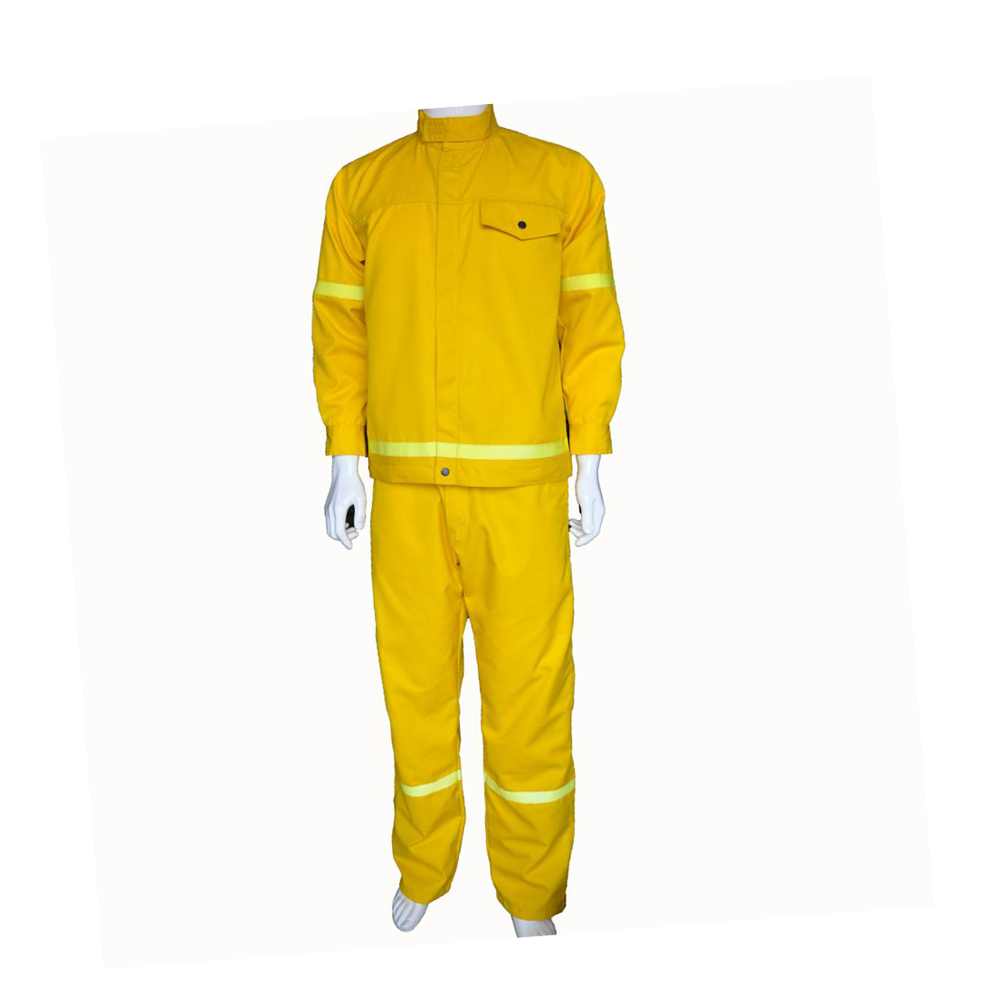In conclusion, a pressure reducer is a critical component in maintaining safe, efficient, and reliable operations in various industries and applications. By reducing pressure levels to a controlled and consistent range, the pressure reducer helps protect downstream equipment, improve system efficiency, and extend equipment lifespan. Investing in quality pressure reducers and regularly inspecting and maintaining them can help ensure smooth operations and prevent costly downtime.







